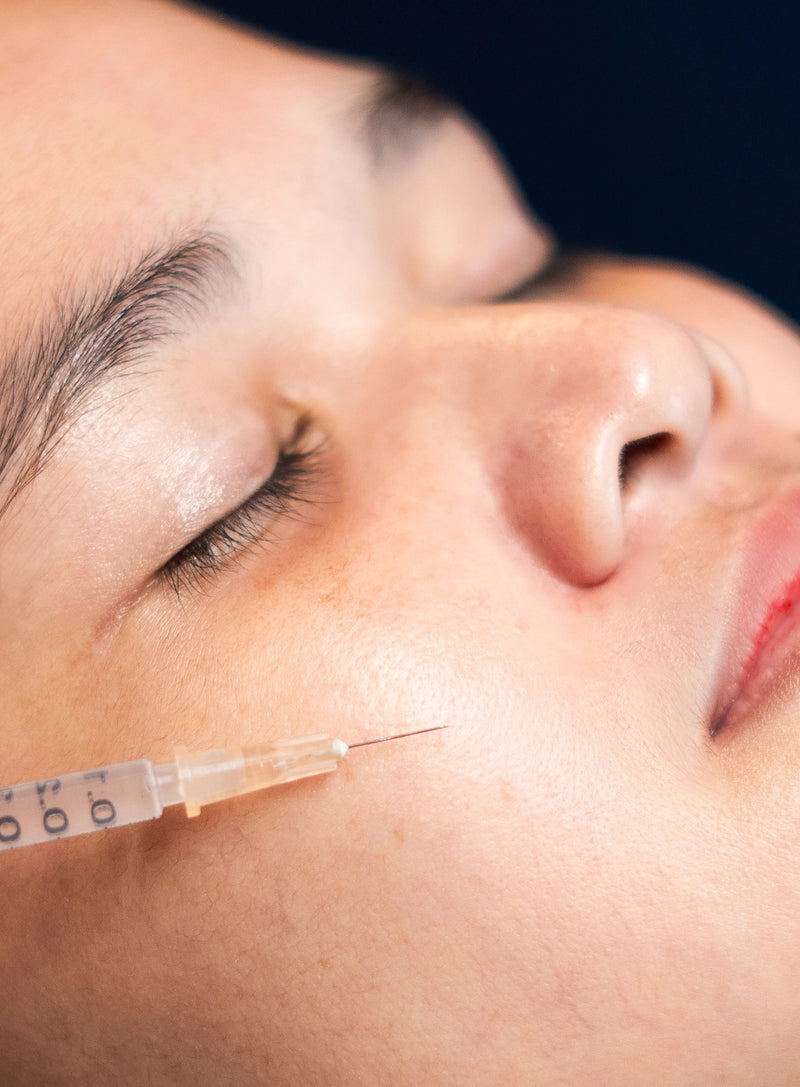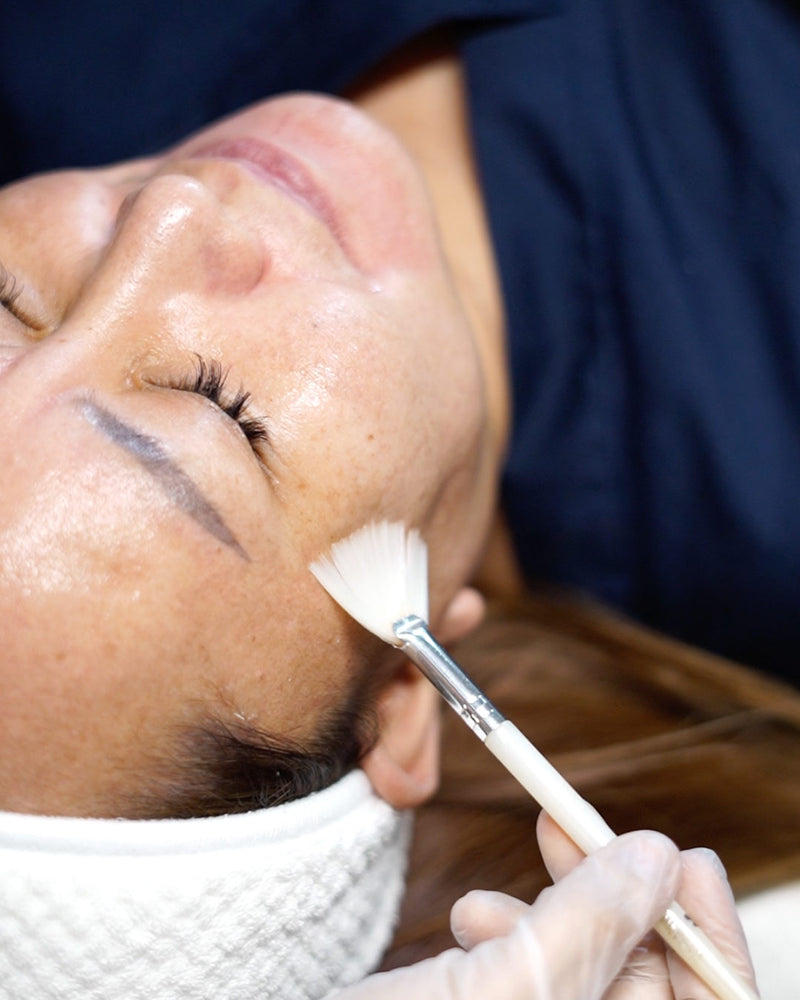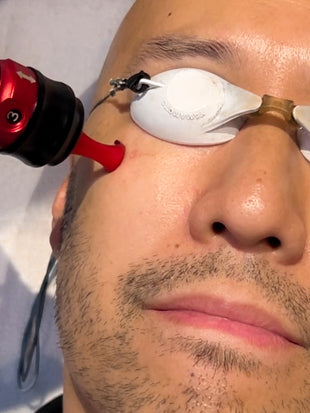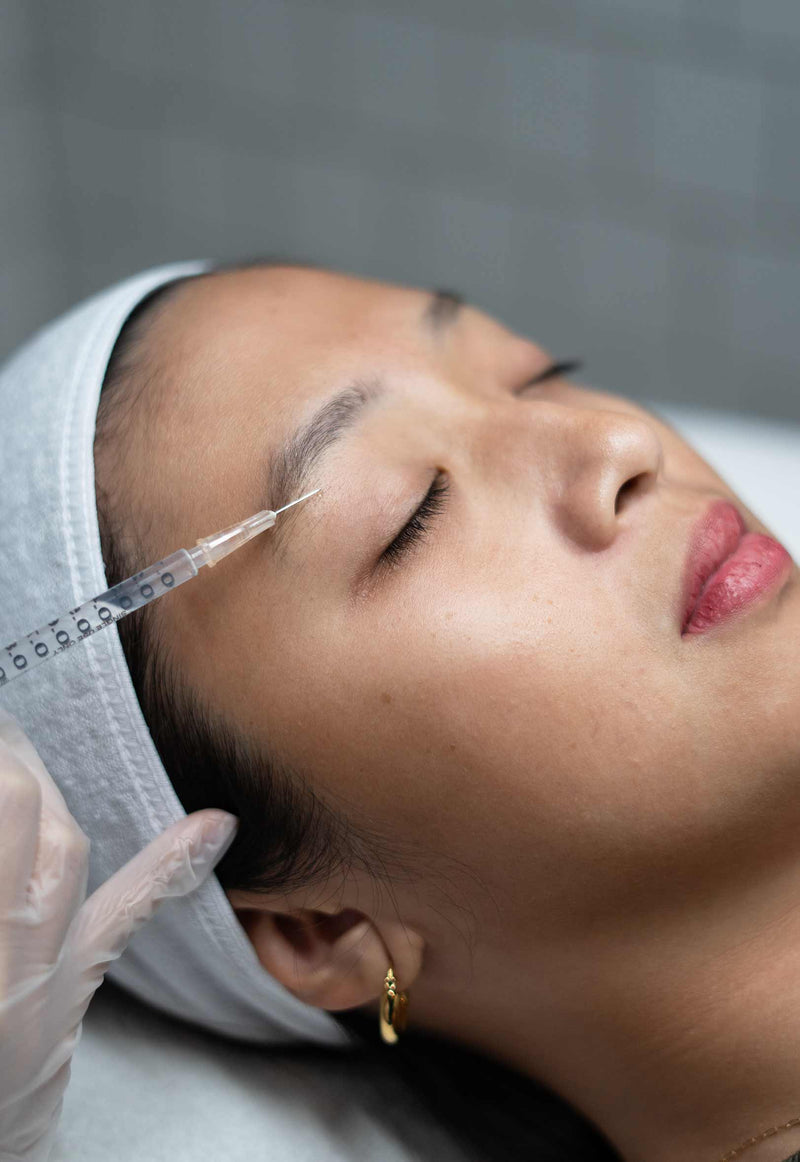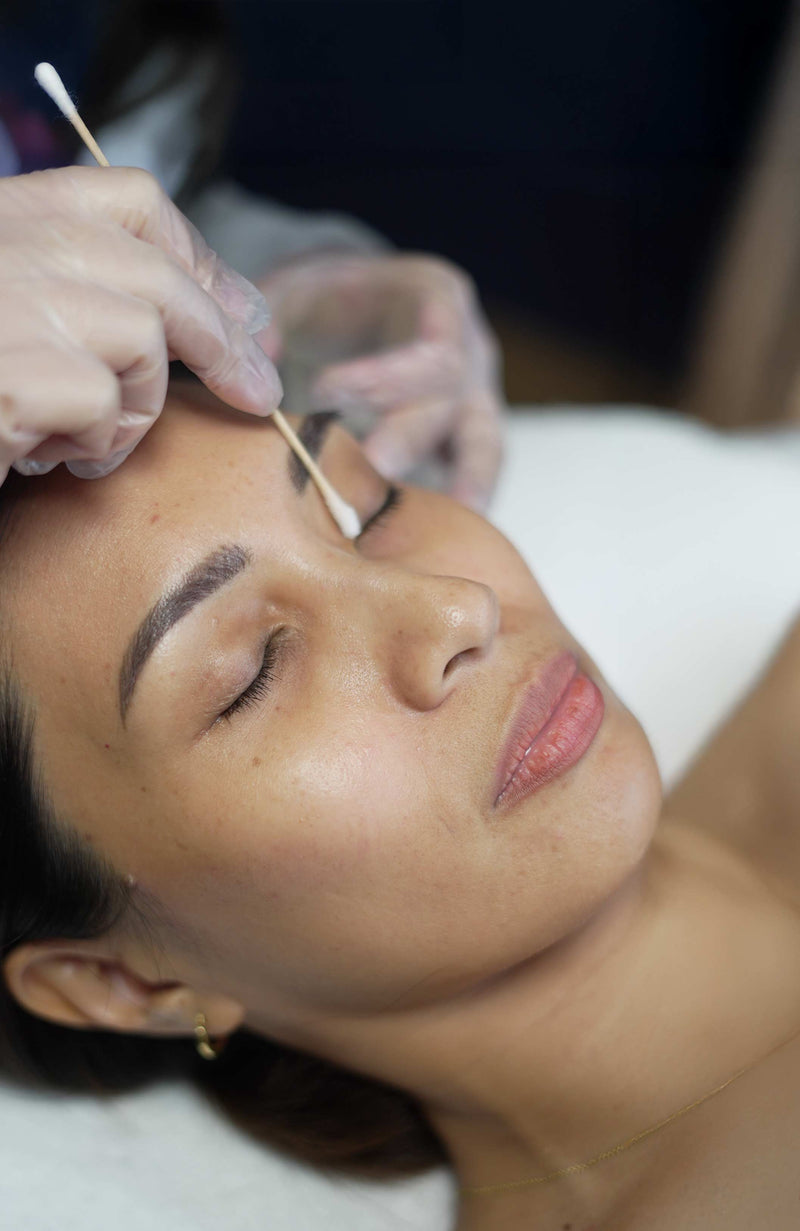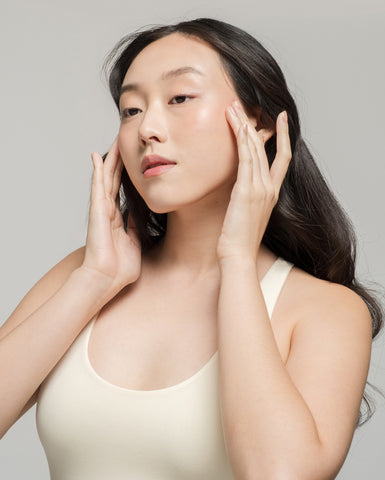All About Hyperpigmentation
From post-acne marks to sun spots, here’s everything you need to know about hyperpigmentation and how to treat it with clinical precision and care.
What is hyperpigmentation?
Hyperpigmentation occurs when your skin produces excess melanin, creating dark patches that can range from light brown to deep brown or black. In the Philippines, where sun exposure and melanin-rich skin types are common, hyperpigmentation is one of the most frequent reasons people visit dermatologists.
There are a few common types:
- Post-inflammatory hyperpigmentation (PIH): Brown marks left after acne or inflammation
- Post-inflammatory erythema (PIE): Red or pink marks left behind after inflamed acne lesions
- Solar lentigines: Sun spots, also known as age spots or liver spots
- Melasma: Symmetrical brown patches, often triggered by hormones or estrogen
What Causes Hyperpigmentation
Several triggers can signal your skin to overproduce melanin:
- Inflammation or irritation from acne or wounds
- Hormonal changes, including pregnancy, birth control, PCOS, or menopause
- Sun exposure, which activates melanocytes in response to UV rays
- Age-related factors, making skin more prone to discoloration
- Medication side effects, like certain antibiotics or hormone treatments
How to Treat Hyperpigmentation
To effectively reduce dark spots, a combination approach is often best:
- Topical treatments
Prescribed options include hydroquinone, azelaic acid, kojic acid, niacinamide, retinoids, and vitamin C—alone or in combination—for targeted pigment control - Oral supplements
Tranexamic acid, glutathione, and procyanidin formulas show promise in blocking melanin production. - In-clinic procedures
- Chemical peels exfoliate pigmented layers
- Intense Pulsed Light (IPL) and Q-switched lasers target pigmented cells with precision
These treatments are effective for melasma and stubborn PIH.
Bottom Line
Hyperpigmentation is manageable and often reversible with the right guidance. Work with a board-certified dermatologist to design a custom treatment plan centered on your skin type, pigmentation type, and lifestyle. With consistency and expert care, clearer, more even-toned skin is within reach.
What is hyperpigmentation?
Hyperpigmentation occurs when your skin produces excess melanin, creating dark patches that can range from light brown to deep brown or black. In the Philippines, where sun exposure and melanin-rich skin types are common, hyperpigmentation is one of the most frequent reasons people visit dermatologists.
There are a few common types:
- Post-inflammatory hyperpigmentation (PIH): Brown marks left after acne or inflammation
- Post-inflammatory erythema (PIE): Red or pink marks left behind after inflamed acne lesions
- Solar lentigines: Sun spots, also known as age spots or liver spots
- Melasma: Symmetrical brown patches, often triggered by hormones or estrogen
What Causes Hyperpigmentation
Several triggers can signal your skin to overproduce melanin:
- Inflammation or irritation from acne or wounds
- Hormonal changes, including pregnancy, birth control, PCOS, or menopause
- Sun exposure, which activates melanocytes in response to UV rays
- Age-related factors, making skin more prone to discoloration
- Medication side effects, like certain antibiotics or hormone treatments
How to Treat Hyperpigmentation
To effectively reduce dark spots, a combination approach is often best:
- Topical treatments
Prescribed options include hydroquinone, azelaic acid, kojic acid, niacinamide, retinoids, and vitamin C—alone or in combination—for targeted pigment control - Oral supplements
Tranexamic acid, glutathione, and procyanidin formulas show promise in blocking melanin production. - In-clinic procedures
- Chemical peels exfoliate pigmented layers
- Intense Pulsed Light (IPL) and Q-switched lasers target pigmented cells with precision
These treatments are effective for melasma and stubborn PIH.
Bottom Line
Hyperpigmentation is manageable and often reversible with the right guidance. Work with a board-certified dermatologist to design a custom treatment plan centered on your skin type, pigmentation type, and lifestyle. With consistency and expert care, clearer, more even-toned skin is within reach.
